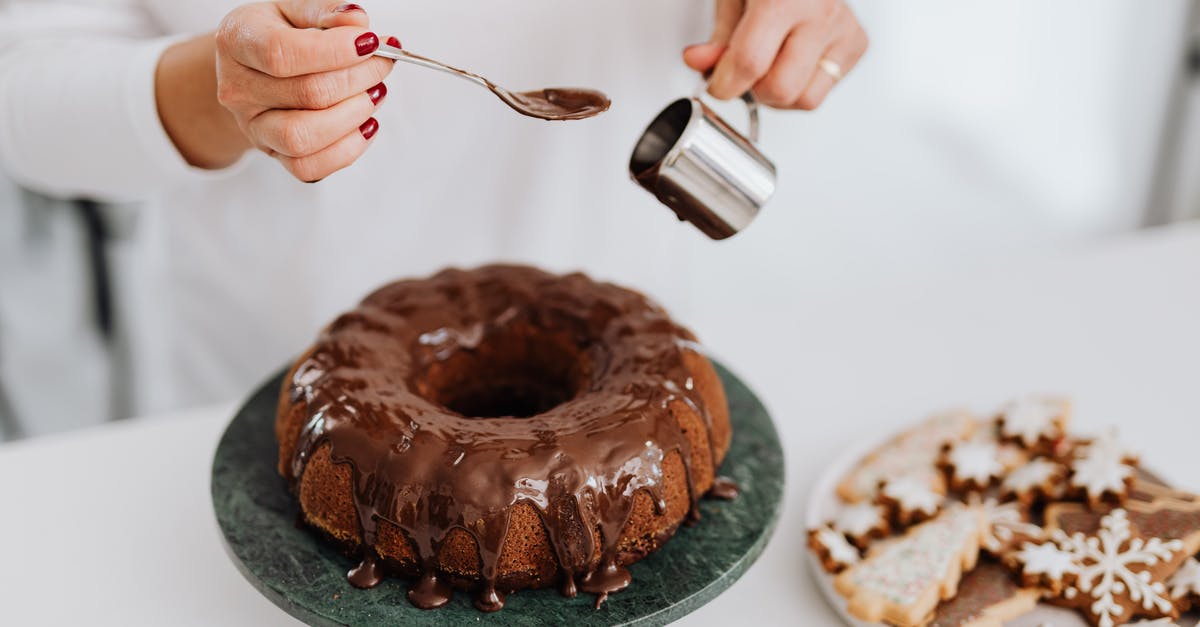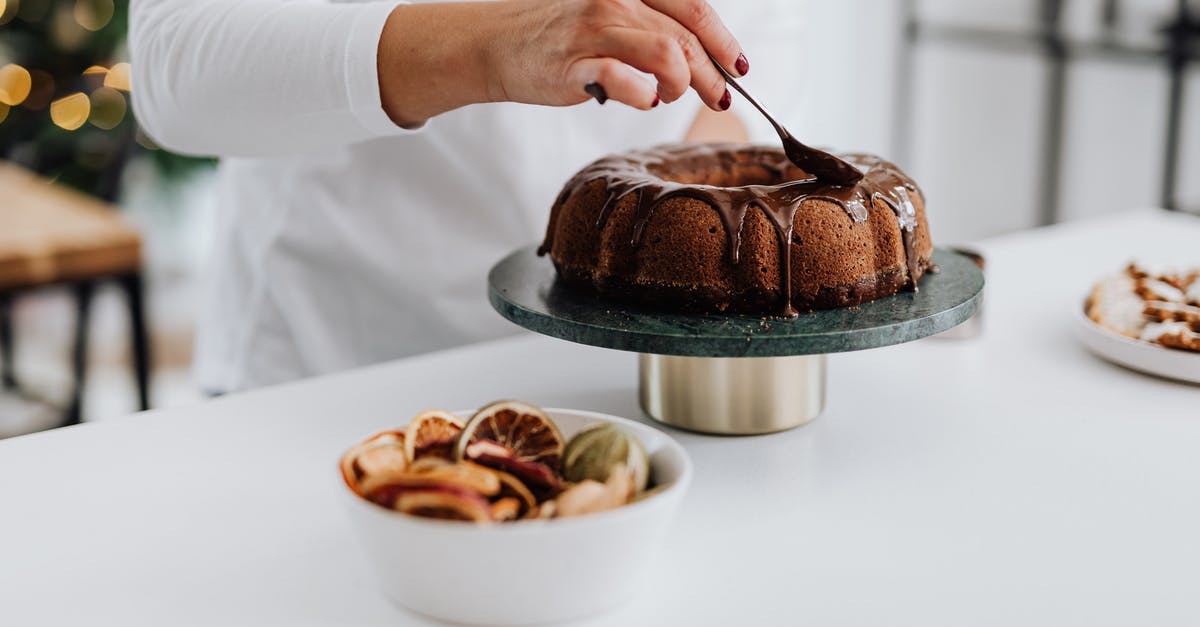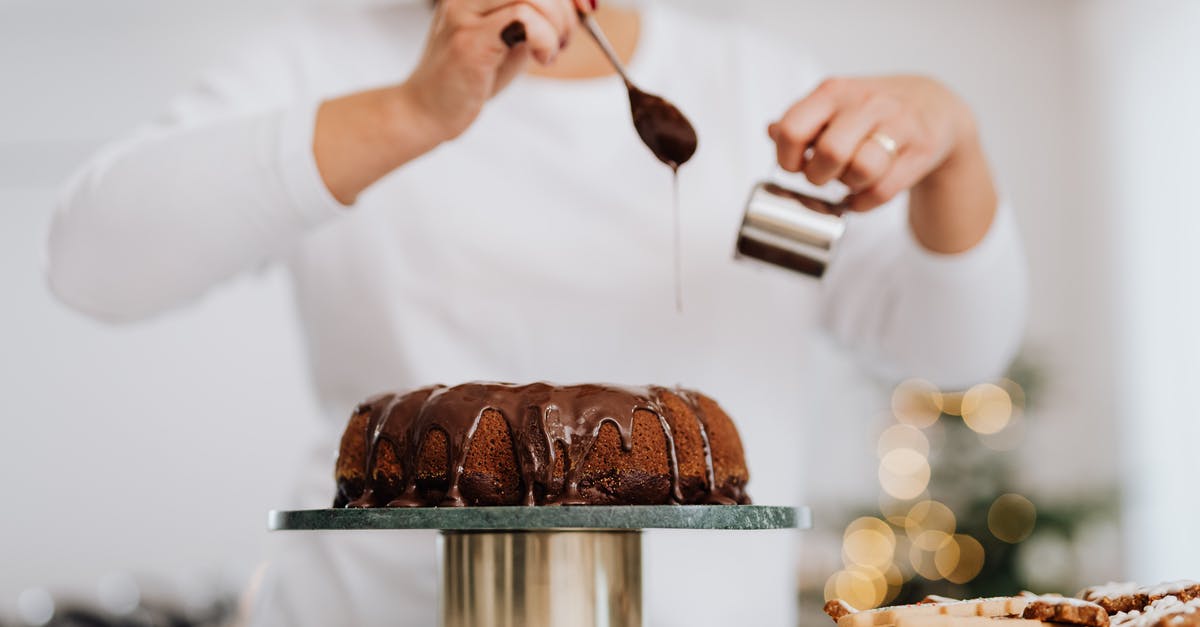Rules for refreezing food

What are the general rules regarding when can you refreeze food that was frozen and then thawed in the fridge? and what are the reasons behind them? (Hygiene? Food quality?). Let's assume for the sake of the argument that the items were in a non-frozen state only a few hours.
To be more specific, I'm interested in the application of these rules for - Ginger garlic paste - Dough - Indian Curries - Green Chilly paste - Frozen green peas
Best Answer
There are two different issues, which have separate drivers. There are no specific rules, just consequences of the thaw and freezing cycles on each food--but it is always better to minimize the number of cycles to maintain quality.
Safety
From a safety point of view, the rule is any perishable food (one that is not fairly stable at room temperature such as cold cereal or pretzels) should have its time in the so-called danger zone (40-140 F, 4-60 C) limited to no more than two total hours over its lifetime. This prevents pathogens, which grow exponentially, from having sufficient time in hospitable conditions to grow and create enough toxins to be harmful.
So if you have something at room temperature for one hour and then freeze it, it would have one hour left on the clock when you thaw it out. The rule is counted analogous for items which you defrost in the refrigerator - freezing "stops the clock", any time spent out of the freezer, be it during thawing or after it, counts towards it, and times between freezing "cycles" add up.
(Note that as people will no doubt otherwise insist on pointing out: these recommendations are extremely conservative, and are meant to protect the general public health. You must determine your own willingness to accept risk.)
Quality
In terms of quality, there are two main issues that occur in freezing: ice crystal formation, and freezer burn. Additionally, condensation can be a minor issue upon thawing.
Ice Damage
As you freeze food, the water in it freezes (this is obvious). What may not be obvious is that this frozen water is in crystals, which are hard and sharp, and can penetrate cell walls of meat and vegetables. This will cause meats to loose moisture on being thawed, and vegetables to weep and become more limp and flaccid. The more slowly the food is frozen (due to a warmer freezer compartment), the worse the damage is.
Some foods, like fresh vegetables are very sensitive to this type of damage (this is why most freezing directions for vegetables include blanching). Meats are also somewhat sensitive, but it is not as severe, especially if you take steps to freeze them quickly (freeze in a single layer, set your freezer to its coldest temperature).
Many home freezers are also auto-defrost, which means they periodically warm up to get rid of accumulated frost, and then cool down again. This can cause ice crystal growth over time. Chest freezers without auto-defrost do not suffer this problem, but at the cost of requiring manual defrosting periodically.
Food frozen commercially is often done in blast chillers which have forced air circulation and colder temperatures than are achievable with home freezers and so freeze food much more rapidly than is possible at home, resulting in a higher quality product as long as the frozen state is maintained well.
Other foods such as purees or soups suffer little from ice crystal damage, and so are not as much of an issue.
Freezer Burn
Freezer burn happens when water sublimates (evaporates directly from the frozen state to vapor). This dries out the food, giving it a leathery, burned appearance. It is the same mechanism used intentionally in creating freeze dried foods (although that is usually done more rapidly and under a partial vacuum, to improve quality).
You can mitigate or prevent freezer burn by wrapping food quite tightly, so there is not room for air circulation at its surface. This may involve multiple layers such as film wrap, followed by aluminum foil.
Condensation
Some foods, like cheesecakes, will react poorly to getting wet. If thawed unwrapped, water may condense directly on the food, beading on its surface and reducing the quality.
If you do freeze a food like this, you want to wrap it very well (which also helps with freezer burn), and fully thaw it before unwrapping to keep the condensation off the surface of the food.
Specific Examples
Of the specific examples you have enumerated:
- Ginger garlic paste, green chili paste -- as a paste, it is already soft and somewhat liquid, so ice damage is not really an issue.
- Dough -- Most doughs freeze well, and don't have a cell structure to disrupt. If the dough is an active yeast dough, multiple cycles are going to slowly reduce the effectiveness of the yeast by killing off some each cycle.
- Curries -- Cooked food in sauces, especially braises which many curries are, usually freeze extremely well. They are not subject to much ice damage, as they are already softened during the cooking process.
- Frozen green peas -- If commercially frozen, they will have minimal damage, and are already blanched. If you have blanched them, the cell walls will already be weakened. Still, many people are very sensitive to the quality of their peas, so this is one of the foods that is more likely to give you poor outcomes.
Better Practice
A far better practice than thawing and refreezing is to freeze in smaller containers (such as four 1 quart zipper type bags of stock, instead of one large gallon container).
This will allow you to take out only what you need, minimizing handling (for safety) and thaw/freeze cycles for food quality.
It is also far more convenient than having to thaw the food, since you have less to thaw (which is faster). Some foods can even me used directly from the frozen state if you don't have to thaw them in order to get the amount you require.
Pictures about "Rules for refreezing food"



Quick Answer about "Rules for refreezing food"
Can I refreeze food that has thawed?
You can safely refreeze frozen food that has thawed\u2014raw or cooked, although there may be a loss of quality due to the moisture lost through thawing. To safely refreeze, the thawed product must have been kept cold at 40 degrees or below for no more than 3-4 days.Can you refreeze food multiple times?
According to senior food editor Rick Martinez and Robert Ramsey, chef instructor at the Institute of Culinary Education, you can refreeze and re-thaw food\u2014but just because you can doesn't mean you should. At ICE, Ramsey and his colleagues have a blanket rule: "If something's been frozen once, that's it."What foods should not be thawed and refrozen?
5 Foods You Shouldn't Refreeze- Raw Proteins. This includes meat, poultry, and seafood. ...
- Ice Cream. ...
- Juice Concentrates. ...
- Combination Meals. ...
- Cooked Proteins.
How many times can you refreeze thawed food?
After cooking raw foods that were previously frozen, it is safe to freeze the cooked foods. And if previously cooked foods are thawed in the refrigerator, you may refreeze the unused portion. Do not refreeze any foods left outside the refrigerator longer than 2 hours.Can You Refreeze Meat? | A Moment of Science | PBS
More answers regarding rules for refreezing food
Answer 2
Don't forget about fats and oils going rancid in the freezer!
This is due to oxygen being in the package with the food. To extend the life of frozen items, the air (with its oxygen) has to be removed from the package and the packaging must be well sealed.
Remove all air by squeezing, vacuuming, or displacing it with extra liquid broth or water so there's no oxygen available to the fats and oils in your food when frozen.
Vacuum sealers are best for this. Double-zipper freezer bags, not the ones with sliders, work very well if you can squeeze and coax all of the air out of the bags before freezing.
When freezing food in dishes that will have air space, like a casserole or lasagna or containers requiring head-space, a layer of cling-wrap can be placed over the surface of the food will help slow this process.
Another method is to use commercially available "oxygen grabber" sachets, but I have no personal experience with these and freezing food. Perhaps when using with liquids like soup a process like the following would work: initially freeze, open, add sachet(s), and re-seal.
Sources: Stack Exchange - This article follows the attribution requirements of Stack Exchange and is licensed under CC BY-SA 3.0.
Images: Jess Loiterton, Ketut Subiyanto, Marina Leonova, Marina Leonova
